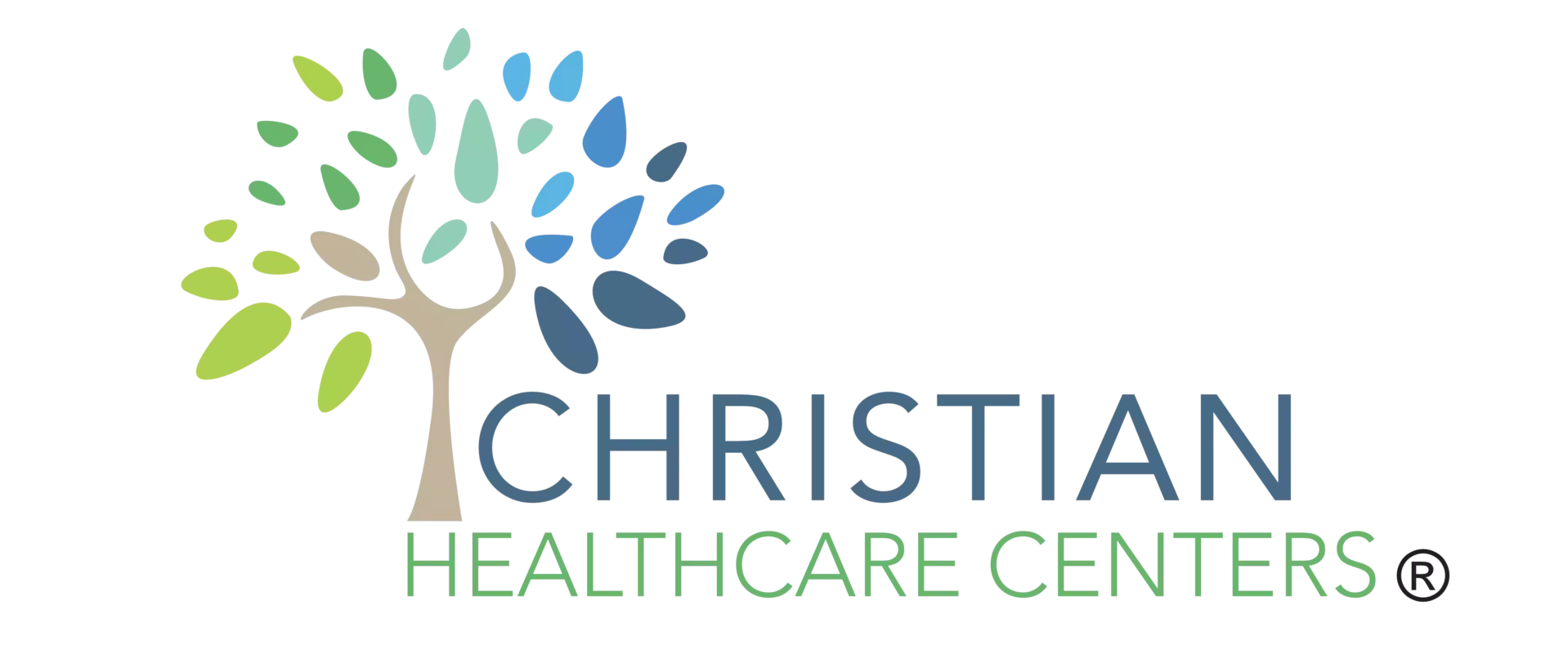When it comes to your healthcare options, it’s important to explore the various avenues available to you. Direct primary care and traditional care both offer their own unique advantages, and understanding the differences between the two can help you make an informed decision.
From accessibility and convenience to comprehensive services and personalized treatment plans, there are several key factors to consider.
So, let’s take a closer look at the eight best comparisons between direct primary care and traditional care and discover which option may be the best fit for your needs.
Accessibility and Convenience
When comparing direct primary care and traditional care, accessibility and convenience are major factors to consider. In today’s fast-paced world, finding a healthcare solution that’s easily accessible and convenient is essential.
Direct primary care offers a unique advantage in this regard with the increasing usage of telemedicine. With telemedicine, you have the ability to connect with your primary care physician through virtual consultations, eliminating the need for in-person visits for minor ailments or follow-up appointments. This not only saves you time but also allows you to receive medical advice and prescriptions from the comfort of your own home.
The convenience of telemedicine isn’t only beneficial for patients but also contributes to higher patient satisfaction. Being able to schedule virtual appointments at a time that suits you, without the hassle of travel or waiting rooms, creates a sense of ease and control over your healthcare. Additionally, the ability to have immediate access to your primary care physician through telemedicine can provide peace of mind and reassurance during times of illness or uncertainty.
Traditional care, on the other hand, may require you to make appointments weeks in advance and spend hours in waiting rooms. This can be particularly challenging for individuals with busy schedules or those who live in remote areas. The lack of accessibility and convenience in traditional care can lead to frustration and dissatisfaction among patients.
Continuity of Care
With direct primary care, you can experience consistent and uninterrupted healthcare, ensuring continuity of care for your medical needs. Continuity of care is the seamless and coordinated delivery of healthcare services over time, resulting in improved patient satisfaction and better health outcomes. Unlike traditional care, where you may see different doctors at each visit, direct primary care offers a more personalized and ongoing relationship with a primary care physician.
In direct primary care, you have the advantage of having a dedicated healthcare provider who knows your medical history, understands your unique healthcare needs, and can provide comprehensive care. This continuity allows for a deeper understanding of your health and enables your primary care physician to develop a tailored treatment plan, resulting in better outcomes and higher patient satisfaction.
To better understand the difference between direct primary care and traditional care in terms of continuity of care and patient satisfaction, let’s compare the two approaches side by side:
| Direct Primary Care | Traditional Care |
|---|---|
| Continuity of care through a long-term relationship with a primary care physician | May see different doctors at each visit |
| Comprehensive and personalized care based on a deep understanding of your medical history | Limited knowledge of your medical history |
| Enhanced patient satisfaction due to personalized attention and timely access to care | Patient satisfaction may vary based on the availability of appointments and wait times |
| Improved health outcomes through a proactive approach to preventive care and early intervention | Reactive approach to healthcare, focusing on treating symptoms rather than preventing illness |
Comprehensive Services
To further explore the advantages of direct primary care, let’s now shift our focus to the comprehensive services offered in this healthcare model.
One of the key benefits of direct primary care is the integration of healthcare services. In traditional care models, patients often have to navigate through multiple providers and specialists, leading to fragmented and disjointed care. However, with direct primary care, you have access to a comprehensive range of services all under one roof.
Integrated healthcare means that your primary care provider coordinates your care across different specialties. This ensures that all your healthcare needs are met, and any potential gaps in your treatment are identified and addressed promptly. Whether you need a routine check-up, vaccinations, chronic disease management, or even minor procedures, direct primary care providers are equipped to handle it all.
A survey conducted by The Direct Primary Care Journal found that patients who receive care through direct primary care reported higher levels of satisfaction compared to those in traditional care models. This can be attributed to the comprehensive services offered in direct primary care. With longer appointment times and the ability to build a stronger relationship with your primary care provider, you feel more valued and supported in your healthcare journey.
Additionally, the convenience aspect of comprehensive services can’t be overlooked. Many direct primary care practices offer extended hours, same-day or next-day appointments, and even virtual visits. This flexibility allows you to receive timely care without the hassle of long wait times or navigating through multiple providers.
Personalized Treatment Plans
Direct primary care offers personalized treatment plans tailored specifically to your individual healthcare needs. With this approach, you can expect a level of patient engagement that goes beyond what traditional care can offer. Your primary care provider will take the time to understand your unique health concerns, goals, and preferences, allowing them to create a plan that’s perfectly suited to you.
One of the key advantages of personalized treatment plans is the emphasis on individualized care. In traditional care settings, doctors often have limited time to spend with each patient, leading to a more generalized approach to treatment. However, with direct primary care, you can expect your provider to take the necessary time to get to know you and truly understand your health needs. This means that you won’t be treated as just another patient, but as a unique individual with specific health concerns.
The personalized treatment plans offered by direct primary care providers allow for a more comprehensive and holistic approach to healthcare. Your provider won’t only address your immediate health concerns but will also take into account your long-term goals and overall well-being. This means that your treatment plan may include preventive measures, health education, and lifestyle modifications to help you achieve optimal health.
Moreover, these personalized treatment plans foster a sense of belonging and partnership between you and your provider. You’ll feel heard, valued, and actively involved in your healthcare decisions. Your provider will work collaboratively with you to develop a plan that aligns with your values and preferences, ensuring that you feel empowered and in control of your own health.
Extended Appointment Times
Do you find yourself feeling rushed during your appointments with your primary care provider? If so, you’re not alone. Many people feel that their visits to the doctor are too short, leaving them with unanswered questions and a sense of dissatisfaction. However, with direct primary care, extended appointment times are one of the key benefits that can greatly improve patient satisfaction and lead to improved outcomes.
In traditional care settings, doctors are often bound by strict schedules and limited time slots for each patient. This can make it difficult for them to thoroughly address all of your concerns and provide personalized care. On the other hand, direct primary care practices prioritize longer appointment times, allowing for a more comprehensive and unhurried approach to your healthcare needs.
To illustrate the difference, let’s compare the typical appointment times between traditional care and direct primary care:
| Aspects | Traditional Care | Direct Primary Care |
|---|---|---|
| Appointment Length | 10-15 minutes | 30-60 minutes |
| Provider Access | Limited | Unlimited |
| Follow-up Support | Limited | Extensive |
| Patient Satisfaction | Moderate | High |
| Improved Outcomes | Limited | Significant |
As you can see from the table, direct primary care offers extended appointment times ranging from 30 to 60 minutes, compared to the 10 to 15 minutes typically allocated in traditional care settings. This extra time allows your doctor to listen attentively, address all your concerns, and develop a personalized treatment plan that caters to your specific needs.
With direct primary care, you can also expect improved patient satisfaction and better outcomes. The longer appointment times ensure that you have ample opportunity to discuss your symptoms, ask questions, and receive the necessary guidance and support. This personalized approach not only fosters a sense of belonging and trust but also leads to more accurate diagnoses, effective treatment plans, and ultimately, improved health outcomes.
Affordable Pricing Structure
If you’re tired of high healthcare costs and complicated pricing structures, direct primary care offers a refreshing alternative. With transparent pricing and flexible payment options, you can finally have control over your healthcare expenses.
Here’s what you can expect from direct primary care:
Transparent Pricing: Direct primary care practices believe in complete transparency when it comes to pricing. You won’t have to deal with surprise medical bills or hidden fees. Instead, you’ll know exactly what you’re paying for upfront. This transparency allows you to make informed decisions about your healthcare and budget accordingly.
Flexible Payment Options: Direct primary care practices understand that everyone’s financial situation is different. That’s why they offer flexible payment options to accommodate your needs. Whether it’s a monthly subscription fee or a per-visit payment, you can choose the option that works best for you. This flexibility gives you peace of mind knowing that you can receive quality healthcare without breaking the bank.
No Insurance Hassles: Direct primary care eliminates the need for insurance middlemen, which often leads to higher costs and complicated billing processes. Instead, you’ll have a direct relationship with your primary care provider, allowing for more personalized care and cost-effective solutions. With direct primary care, you can say goodbye to insurance headaches and hello to affordable healthcare.
Enhanced Communication Options
With the flexibility and affordability of direct primary care, you can now explore the enhanced communication options available to you.
One of the key benefits of direct primary care is the ability to have video consultations with your healthcare provider. This option allows you to have face-to-face interactions with your doctor from the comfort of your own home. Whether you have a busy schedule or live in a remote area, video consultations provide a convenient way to receive medical advice and discuss any concerns you may have.
In addition to video consultations, direct primary care also offers secure messaging as a means of communication between you and your healthcare provider. This feature allows you to ask questions, request prescription refills, or discuss any health-related issues through a secure platform. Not only does this save you time and effort by avoiding the need for an in-person visit, but it also ensures the privacy and confidentiality of your personal health information.
Emphasis on Preventive Care
Direct primary care places a strong emphasis on preventive care to help you maintain optimal health and prevent future health issues. By prioritizing preventive care, direct primary care providers take a proactive approach to your well-being, focusing on preventing diseases and promoting overall health. Here are some key benefits of the preventive care approach offered by direct primary care:
Regular check-ups: With direct primary care, you have the opportunity to schedule regular check-ups with your primary care provider. These check-ups allow for early detection of any potential health issues, ensuring timely intervention and treatment.
Vaccinations and screenings: Direct primary care providers prioritize vaccinations and screenings to protect you from preventable diseases. They ensure that you receive the necessary immunizations and screenings based on your age, gender, and medical history.
Lifestyle counseling: Direct primary care providers offer personalized guidance and support to help you make healthy lifestyle choices. They educate you about proper nutrition, exercise, stress management, and other preventive measures, empowering you to take control of your health.
Final Thoughts
So, when it comes to choosing between direct primary care and traditional care, it’s clear that the former offers numerous advantages.
From enhanced accessibility and personalized treatment plans to affordable pricing and emphasis on preventive care, direct primary care provides a more convenient and comprehensive healthcare experience.
But here’s the question: why settle for the limitations of traditional care when you can have all these benefits and more?


